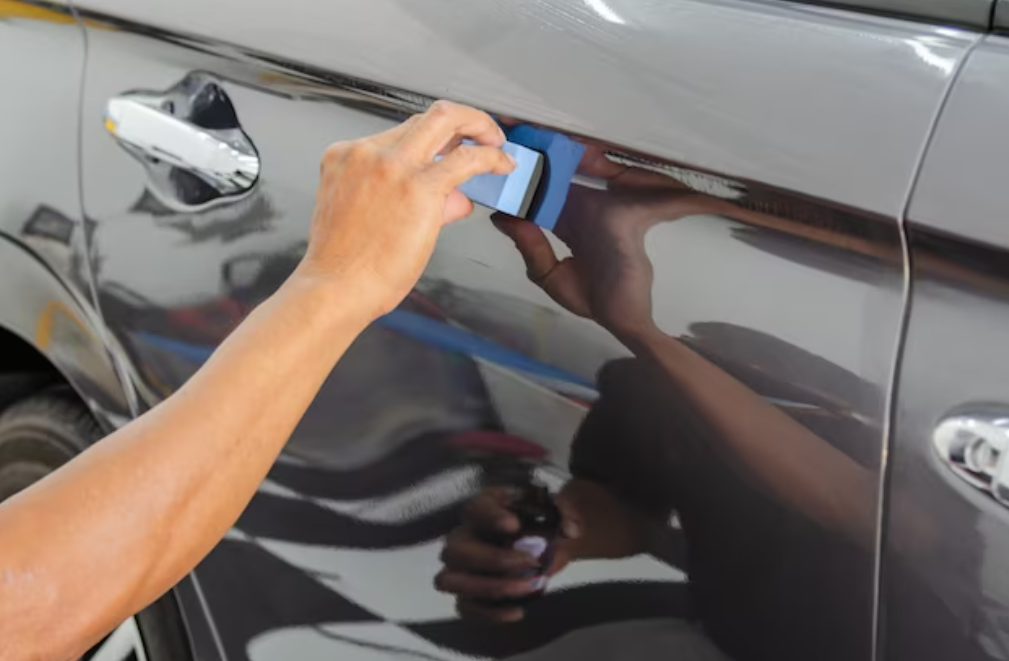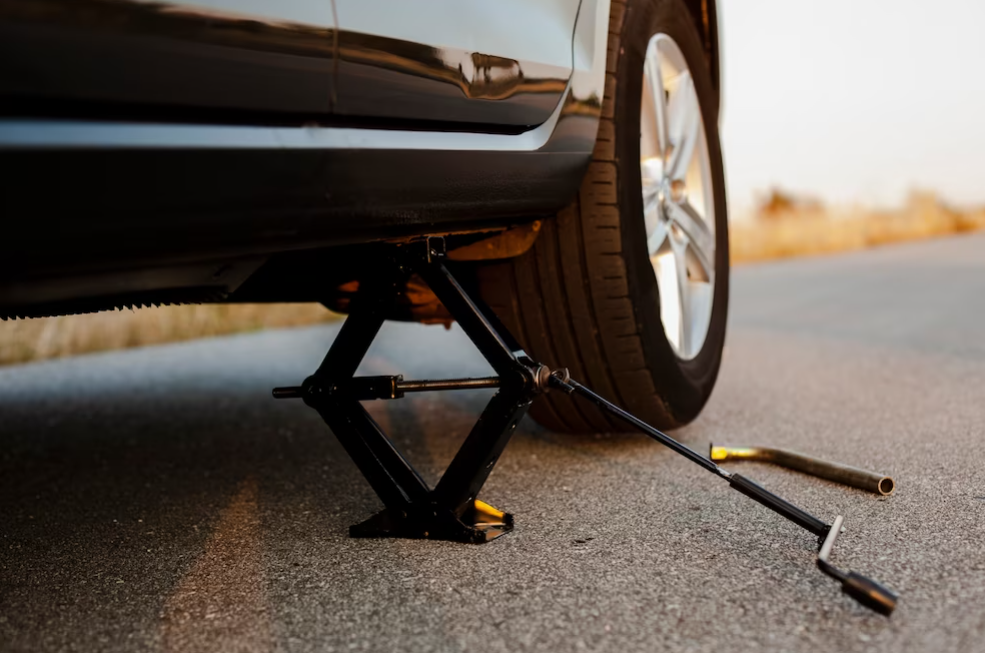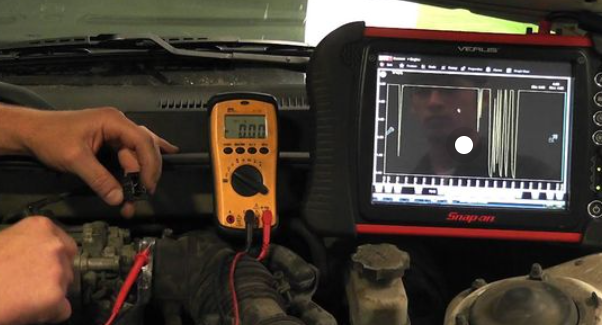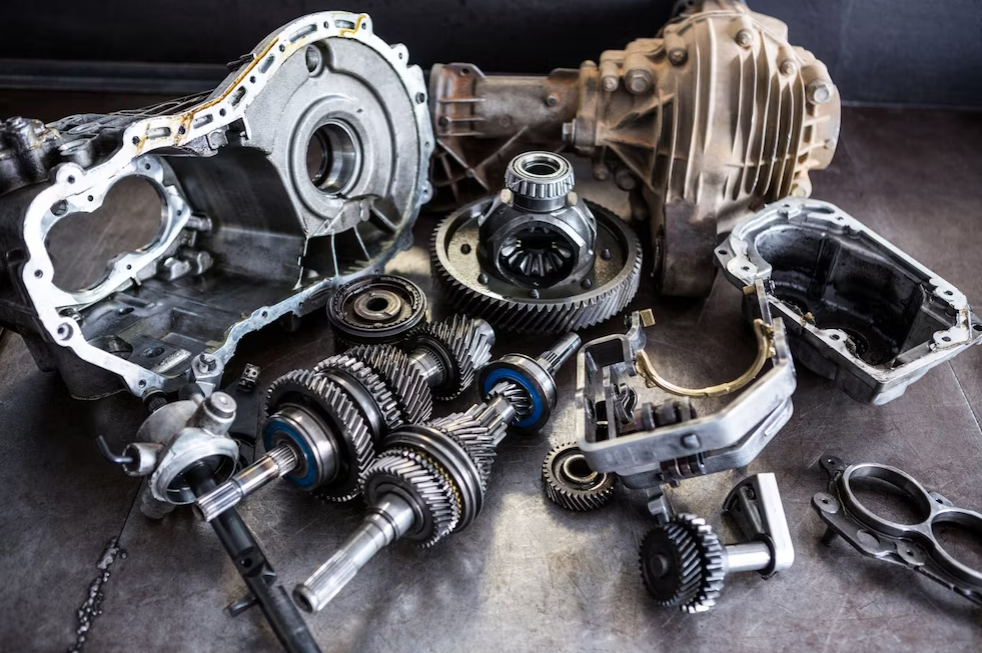How To Measure Your Car's Wheelbase?
For every car enthusiast or owner, measuring the wheelbase of their vehicle is a basic yet crucial activity. Knowing how far apart a car's wheels are can help with diagnosing possible problems and guaranteeing appropriate maintenance, in addition to providing insight into the handling and performance qualities of the car. Whether you are an experienced mechanic or just a curious car owner, learning how to measure wheelbase will help you gain a better knowledge of the dynamics of your car.
In this guide, we'll explore the step-by-step process of measuring wheelbase and delve into the tools and techniques necessary to accomplish this task accurately. So, let's dive in and unravel the mysteries behind your car's wheelbase measurement.

A Car's Wheelbase: What Is It?
The wheelbase of a car is the length of the wheelbase, or more precisely, the center of each wheel. Imagine drawing an imaginary line between the center caps of your front and rear wheels. The wheelbase of your car affects not just how long it is but also how much room it has inside for you to stretch out.
Longer wheelbases are typically found in luxury vehicles in order to improve rear legroom and level out the ride. Hot hatchbacks, on the other hand, are more agile and can jump over bends while still providing an enjoyable ride because of their shorter wheelbase. There are, of course, always exceptions. For example, some front-engine sports cars have longer wheelbases than others, allowing the engine to be moved behind the front axle for a more optimal weight distribution.
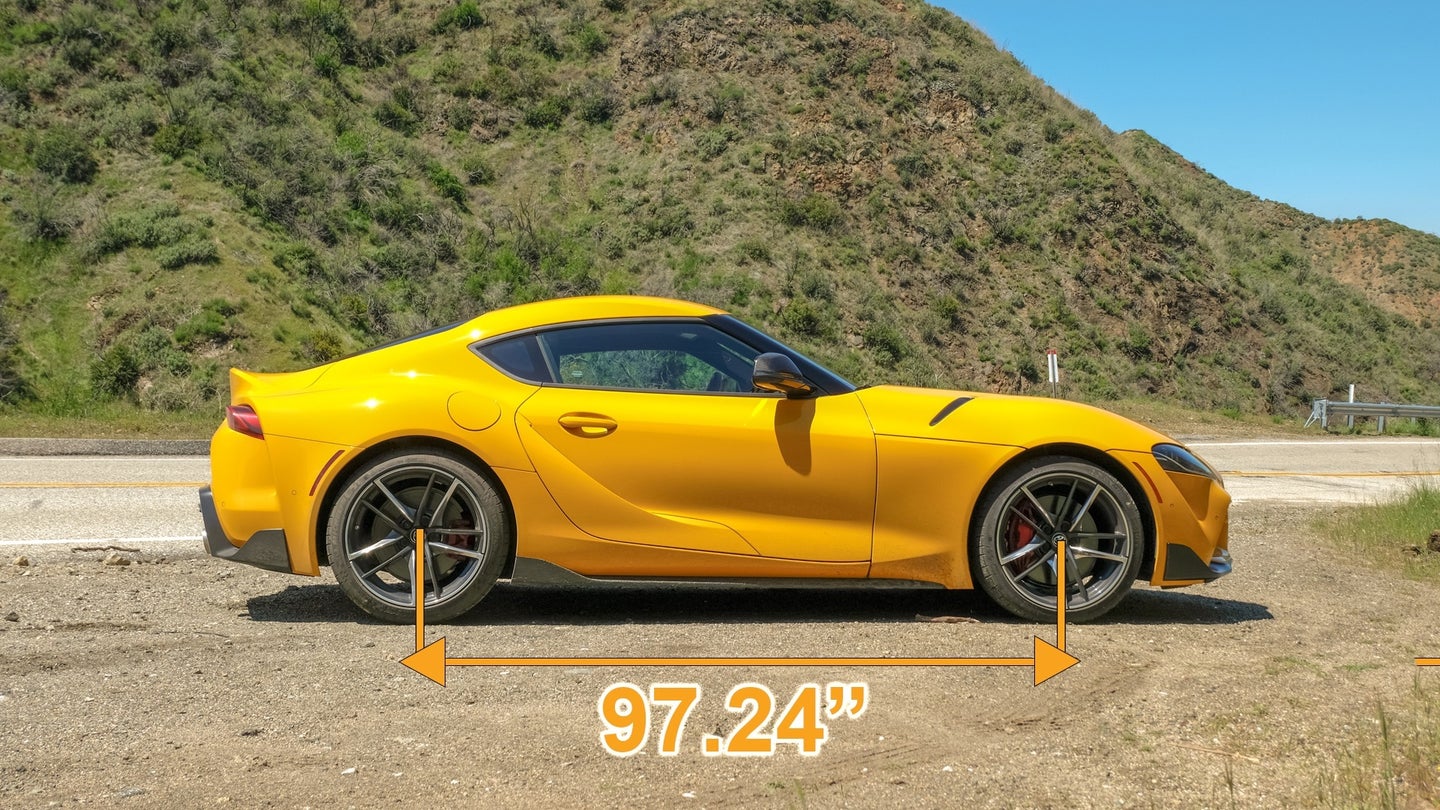
Car Design:
Typically, car manufacturers strive to optimize their designs to achieve a longer wheelbase within their segment. This approach facilitates easier interior design. However, an excessively long wheelbase can result in imbalance.

Turning Radius:
The wheelbase also influences the minimum turning radius of a vehicle. A narrower car tends to be more maneuverable and agile, whereas longer wheelbases pose challenges in tight spaces. Additionally, fitting cars into standard parking lots becomes more difficult with longer wheelbases.
Interior Capacity:
Vehicles with longer wheelbases offer ample interior space, allowing for more seating rows and accommodating additional passengers within the same row.
To measure your car's wheelbase accurately, ensure you have:
- A Level Parking Spot: Choose a flat, even surface to park your car securely.
- Engage the Parking Brake: Ensure the vehicle is firmly parked, either in gear for manual transmission or in park for automatic transmission.
- Square Measure: Use a square or carpenter's square to align with the center of each wheel's cap for precise marking.
- Chalk or marker: Make visible marks on the ground where the square meets the road to indicate measurement points.
- Tape Measure: Use it to measure the distance between the chalk marks, giving you the wheelbase measurement.
- Optional: Second Square Measure: Use if unsure about alignment for added accuracy.
For a rough estimate of your car's wheelbase, you can simply measure directly from one wheel to the other without using chalk marks, though having a friend to assist may be helpful for accuracy. For a slightly more precise measurement, which can be done independently, employing chalk is recommended.
Begin by parking your car on the flattest surface available, as uneven terrain can affect measurement accuracy. Engage the parking brake and ensure the vehicle is in gear or parked securely. Straighten the steering wheel and align the front wheels forward.
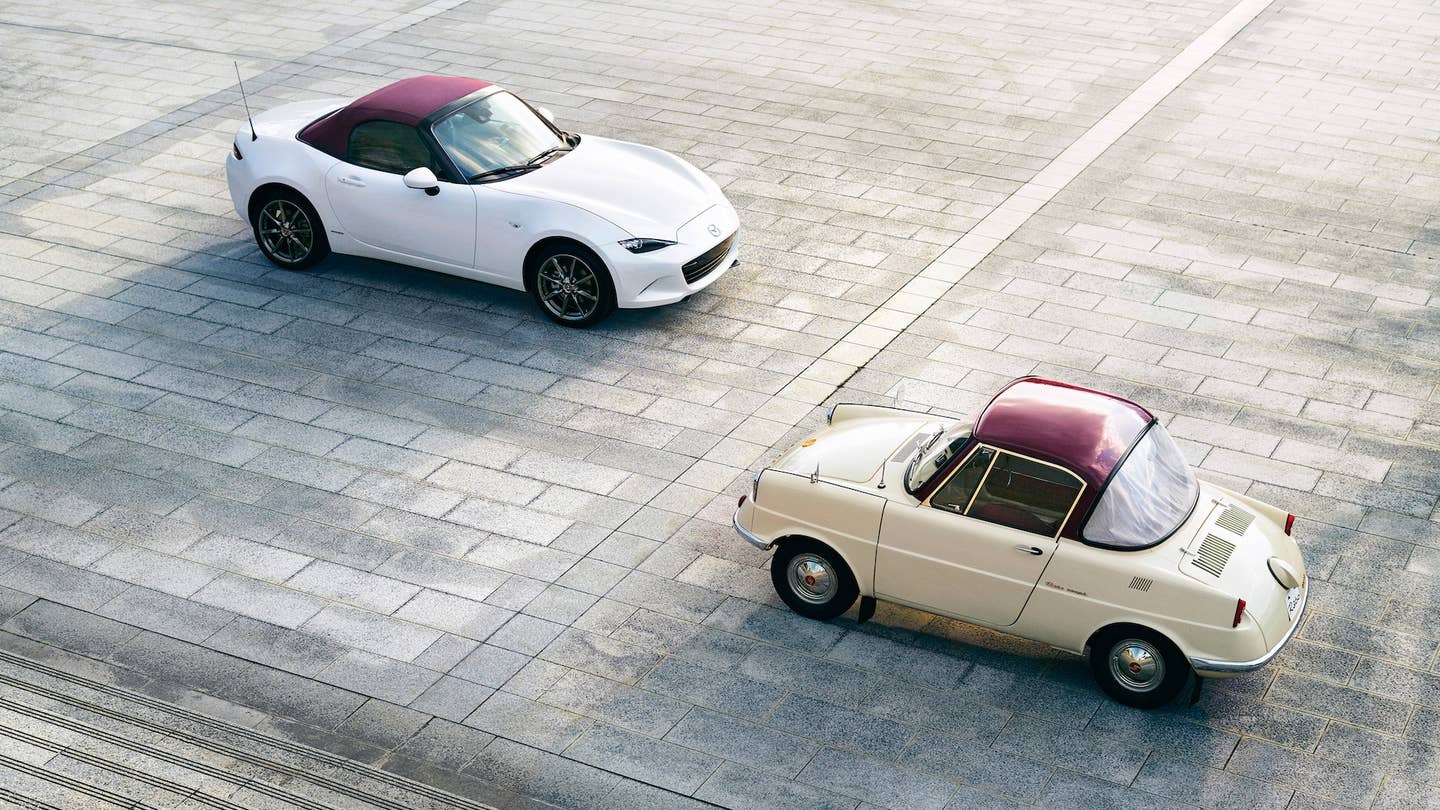
Utilize a square measure, ensuring the vertical part is aligned closely with the center cap of the wheel. Make a chalk mark on the ground where the bottom of the square meets the road surface. If you are uncertain about alignment, consider using a second square to ensure accuracy.
Repeat the process for the rear wheel, leaving two chalk marks on the ground. Measure the distance between these marks using a tape measure to obtain your wheelbase measurement.
Perform identical measurements on the opposite side of the vehicle to identify any alignment or tire wear issues. If discrepancies are noted, consider seeking assistance from a body shop for resolution.
To validate your measurements, refer to the manufacturer's specifications, often found on a sticker inside the driver's side door jamb. Alongside details such as recommended tire pressures and manufacturing location, the OEM's wheelbase figures should be provided for comparison.
1. What are the benefits of driving a long-wheelbase car?
Long wheelbase cars offer better ride comfort and larger interior space, making them ideal for larger families.
2. Why is knowing the wheelbase important?
Understanding the wheelbase helps determine compatible parts for passenger cars and ensures proper weight distribution for commercial vehicles.
3. Which is preferable, long or short wheelbase?
Preference depends on individual mobility needs, but long-wheelbase cars generally offer superior comfort and space.
4. What's the difference between length and wheelbase?
Length measures from front to rear, while wheelbase is the distance between the front and rear axles, influencing stability and maneuverability.
In conclusion, to comprehend your car's dynamics and maintenance requirements, you need to measure the wheelbase. Step-by-step instructions and the required tools for effective measurement are provided in this guide. Whether you are an enthusiast or a mechanic, knowing how to do this process can enable you to identify problems and improve the efficiency of your car. To improve your driving experience, take the time to measure your wheelbase.
Click on the following link to read another blog post: How To Clay Bar For Your Car?






